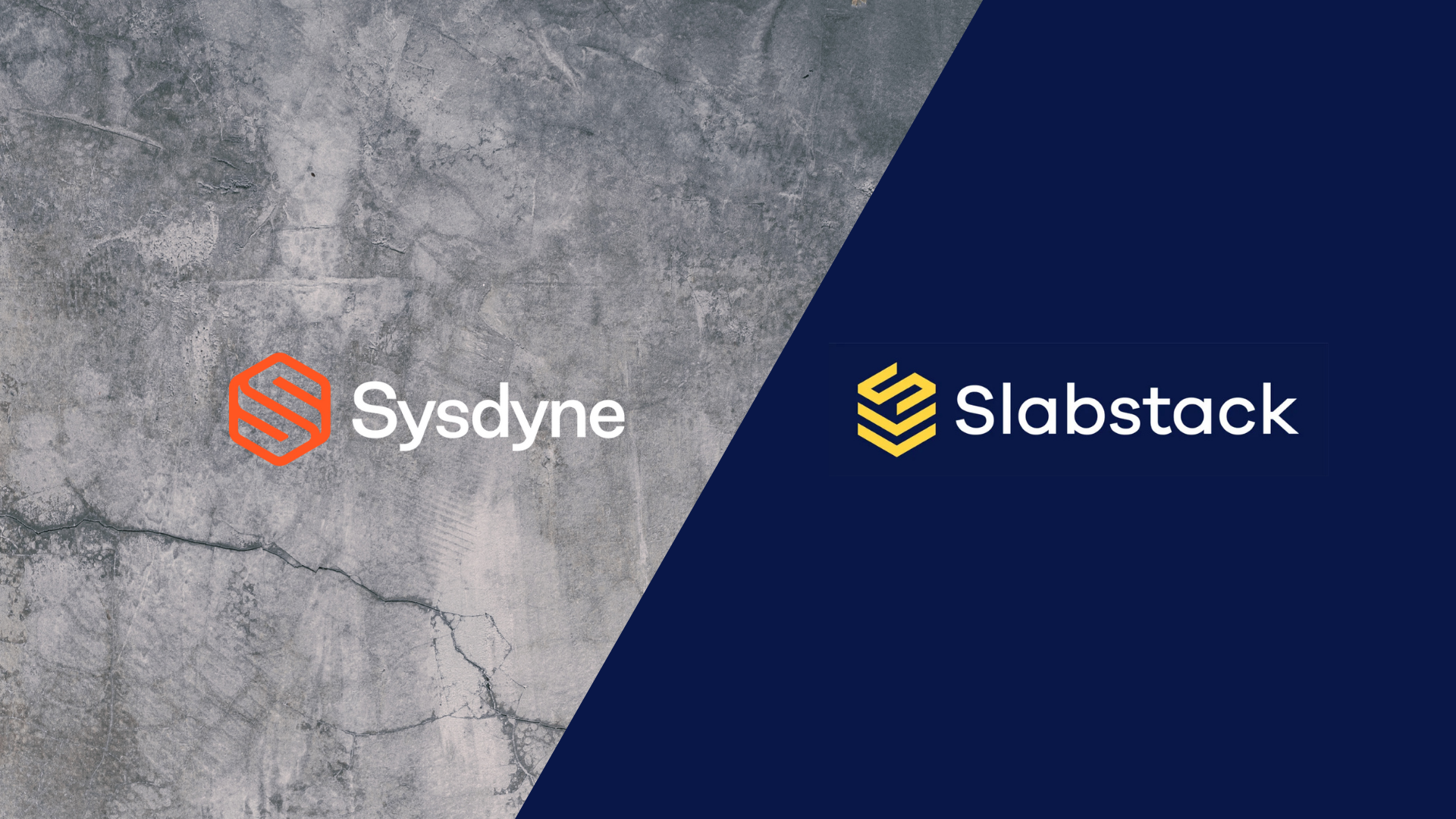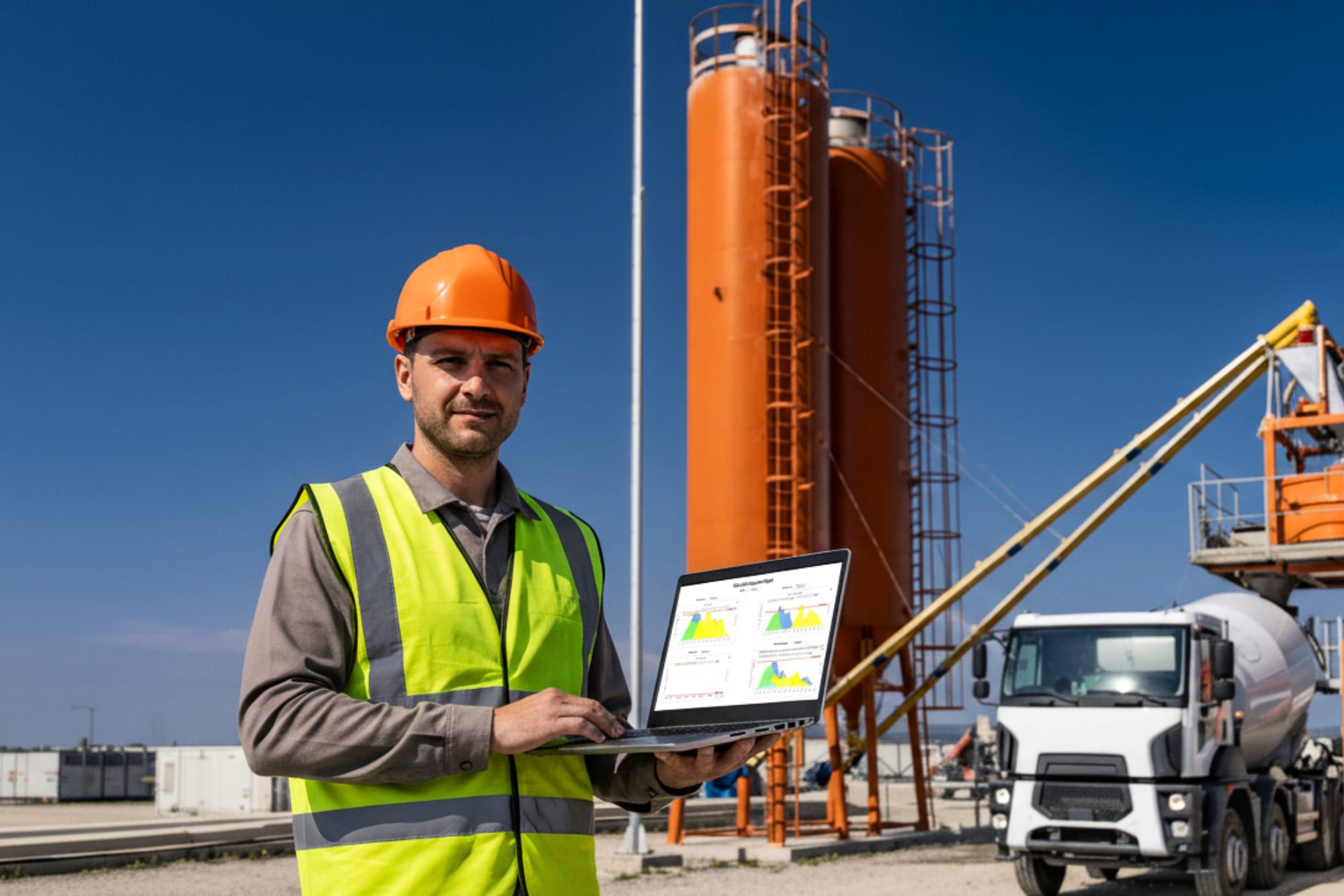
An End-to-End Concrete Ecosystem
In most occupations, employees use several to dozens of business applications every day. As a result, your business uses specialized tools to perform different business functions, creating a technology ecosystem.
The foundation of business is based on this principle. Every aspect of your business depends on your apps, from your budget to your customer database, so making sure they are performing optimally is crucial for your success. What can you do to make sure that your technology ecosystem is optimized?
What is a technology ecosystem?
While the term “technology ecosystem” has several meanings, in this article it is defined as the group of tech solutions that a certain company uses to run its business, and how these solutions integrate.
Rather than just call it a “collection of apps” or an “app stack”, we call it an ecosystem because it also describes how they interact more than just describing tools. “Ecosystem” originated in ecology as a term denoting a community that consists of living organisms, factors, and elements such as plants, animals, soil, climate, etc., and describes their interrelationship.
Similarly, you must figure out how all the pieces fit together in your ecosystem. With the most successful technology ecosystems, you can integrate more functionality on top of your core tools and further expand their functionality.
For instance, say you own a pet supplies business online. You sell pet food, treats, toys, beds, accessories, cat litter, harnesses for dogs, etc. To run a business effectively, you’ll want an eCommerce tool, a payment gateway to handle payments, an accounting tool to track your finances, an email marketing app for newsletters, a CRM tool for personalizing customer communications… and so on. These tools are all part of the technology ecosystem of your company.
Building a sustainable software ecosystem
Start by curating your existing apps. Examine current processes for blockages, disconnects, and information silos. Streamline your process by replacing old tools with new ones that work for you.
Identify processes that can be improved by implementing a new app, and then select the best option for your business based on its size, industry, and characteristics. Ensure that your new apps can integrate with your existing systems, either directly or through third-party software.
Ensure that your tools are flexible enough to cater to your needs as your business grows, not just in the present. When you choose scalable applications, you won’t have to switch to yet another set of tools as you grow.
Several factors indicate if a specific tool or application can grow with your business:
• Before subscribing, you can try all the features of the tool with a trial version or demonstration.
• Scalability is supported by testimonials or customer stories.
• A good starter plan with an affordable price is available.
• Pricing and features can be tailored to suit the needs of small and large businesses, regardless of their size.
• You can unlock more features once you reach the next stage of your business growth by paying extra fees.
Having the right tools is an excellent start to creating a successful technology ecosystem, but it doesn’t stop there. A fully functioning ecosystem requires all of its elements to be interconnected. It’s just as important to integrate your software ecosystem as it is to have the right tools.
Connecting your tech ecosystem
If you go back to the example above, let’s say you’ve chosen the best app for running your online pet supplies store, and you are satisfied with the tools in your software ecosystem. In many cases, these apps can already talk to one another via native in-app integrations: your CRM may integrate with Google Contacts, for example.
Suppose you need more than that?
Many companies struggle with integrating their tools properly. There are few connections between many of their applications, which results in isolated data.
Integrating your tools helps you bridge these gaps and ensure you’re working with a fully functional software ecosystem where your tools talk to each other in real-time and collaborate effectively.
Don’t worry if it sounds intimidating — an integrated ecosystem is easier than you think. Software integration refers to bringing together two (or more) pieces of software for them to work together effectively, and this can be accomplished using a few different methods. You can integrate your applications by using:
Native (or In-App) Integrations
These are integrations offered by your software vendor, like the integration between batch and dispatch or delivery management and eTicketing. You may already have them included in your subscription or you may need to purchase an additional product like Sysdyne’s iStrada. In most cases, native integrations provide the typical workflow between apps that users expect.
Custom Integrations
When your apps have open APIs, your team can create custom integrations internally. Custom integrations are tailored for your business needs, but they are costly and take time to develop. A business without employees with the expertise to construct custom software integrations isn’t able to easily do this (deploying software integrations is no easy task!)
It’s your business needs that matter most
Apps and integrations that work best for you will not necessarily be the most popular, expensive, or comprehensive ones. Tailoring your tech ecosystem to suit your needs will enable you to achieve your goals and boost your performance. If you have the right apps and the right integrations between them, you’ll be in the best position to run your business as smoothly as possible.


